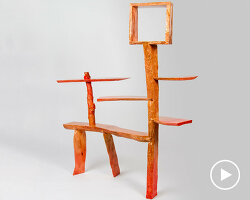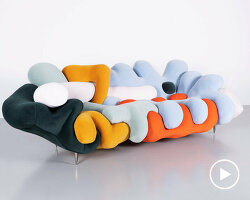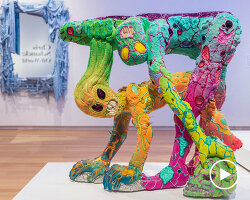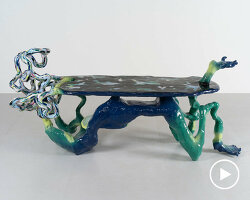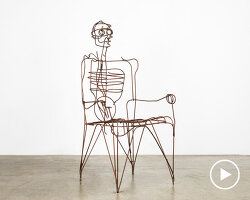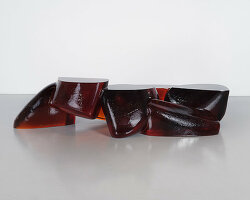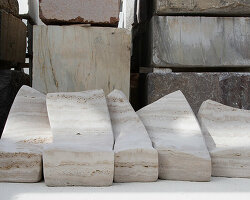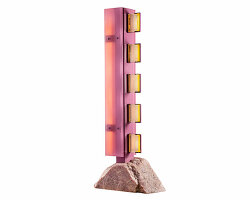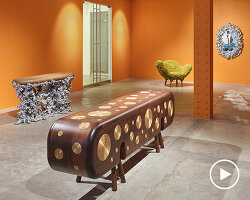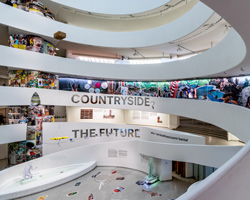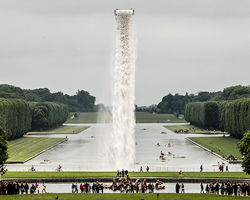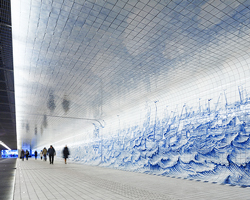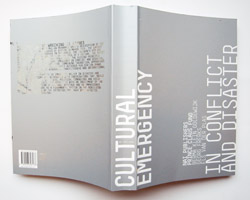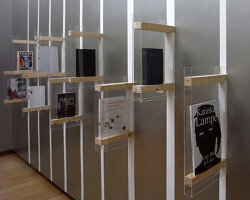on april 1, 2020, new york gallery friedman benda initiated a series of online interviews aimed at connecting individuals across the world with leading voices in the creative field. design in dialogue is a conversational program hosted alternately by curator and historian glenn adamson and designer stephen burks that engages with designers, makers, critics, and curators as they reflect on their careers and creative processes. against the backdrop of COVID-19 and global lockdowns, the conversations are held virtually on zoom for 1 hour for anyone in the world to tune in to, and include a participatory Q&A with the audience in attendance. friedman benda has since presented more than 80 episodes, and will continue with a lineup of future guests, each offering unparalleled insight into the sensibilities, musings, and memories of today’s creative protagonists. see our recent feature of jonathan jackson on ‘doing it all’, and henrik vibskov on his creative crossovers.
on february 10, 2021, design in dialogue welcomed dutch creative force irma boom, who has designed more than 300 books over the course of her expansive career. generally regarded as an artist in her field, boom’s unorthodox approach considers all aspects of the architecture of the book — its cover, spine, pages, ink, color, surface, texture and size — as sites for reinvention. from books with minuscule pages to ones that have a scent, boom considers the book as a unique vessel of unchangeable information. in a conversation with stephen burks, the designer discusses the cultural significance of the book throughout history, and how her experimental methodology challenges how we understand the printed page.
watch the full video interview at the top of the page and stay tuned as designboom continues to share design in dialogue features. see all past episodes — and RSVP for upcoming ones — here.
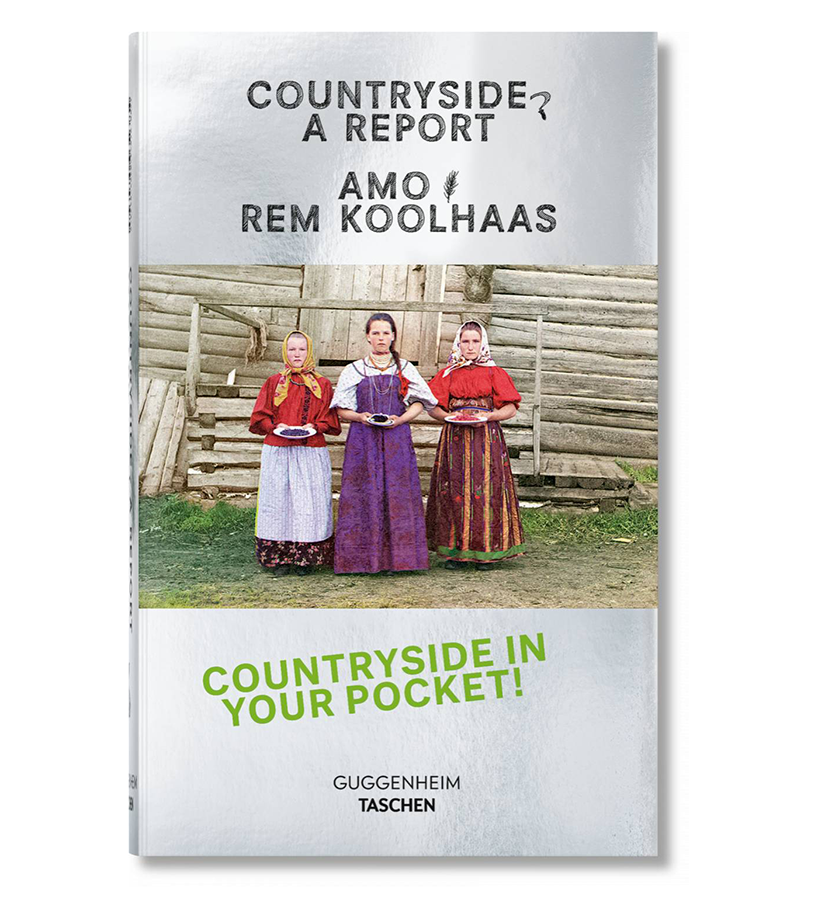
irma boom designed the official companion to rem koolhaas + AMO’s exhibition ‘countryside, the future’ at the guggenheim museum, published by the guggenheim museum and taschen. ‘countryside, a report’ gathers travelogue essays exploring territories marked by ‘global forces and experimentation at the edge of our consciousness’.
read more about the exhibition on designboom here | more info about the publication on taschen’s website here
boom’s early studies in art helped informed the individual and unrestrained approach she applies to book design and making. ‘I’m a book maker,’ she says. ‘I studied painting, and went to art school to become a painter. I want to be as free and autonomous as possible. it’s also why I have a small office, rather than a big office — I don’t want to be a manager, I want to be a maker.’ the intensive process of book design begins with a thoughtful collaboration and conversation with each ‘commissioner’ (boom finds the term ‘client’ expressive of an imbalanced relationship), which boom uses as the catalyst for the project’s main idea. ‘every book I make starts with a request,’ boom continues. ‘there’s always a question, and basically I return it with questions, and then it becomes interesting. if you make books, it’s always a collaborative effort between the commissioner, the author, photographer, artist…so it’s always different. I think that’s also why the books I make are always different, always based on content, and what the book should be. I always start with a conversation with the commissioner, and in that first conversation, I already envision the book. but that’s just an idea, that’s not enough. everybody has ideas. but to execute it and finally materialize it, that’s for me the crucial point. then it becomes a book.’
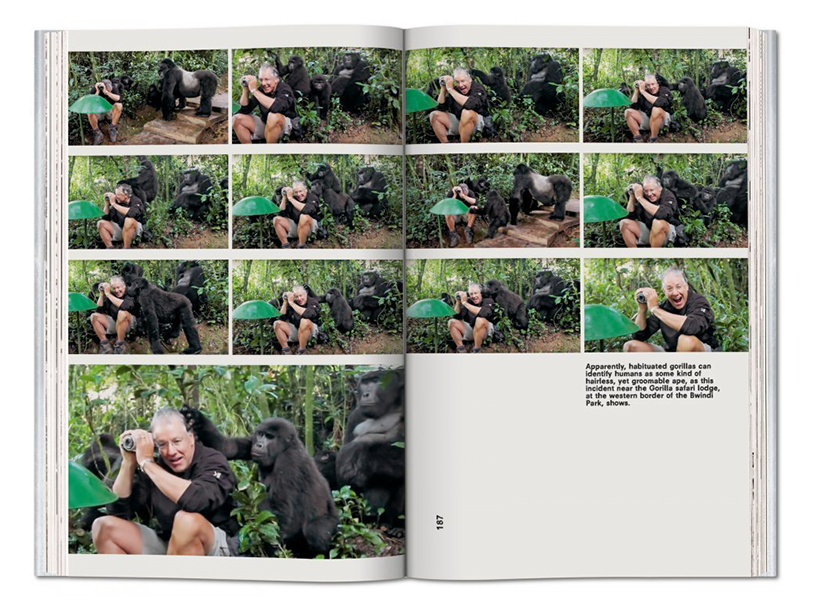
inside ‘countryside, a report’: boom drew inspiration for the book’s pocket-sized concept, as well as its typography and layout, from her research in the vatican library, and was also heavily involved in the design of the exhibition.
read more about the exhibition on designboom here | more info about the publication on taschen’s website here
the cooperative process with each commissioner continues to unfold with the selection of external collaborators and contributors for the publication — however, when boom commits to an aesthetic vision of the book, her conviction cannot be changed. to represent her ideas to the commissioner and also to herself, boom creates countless models — both small and full-scale — that help communicate the project’s intent. ‘people come to me to create something, to create a book. that’s the basis,‘ boom says. ‘the collaboration is how we put things together — if we need writers, specific photographers, the structure of the book. there are many parts on which you can collaborate, but I cannot collaborate on how it looks. if I have something in mind, that is how it has to be, one way or the other. it’s my fault if I cannot communicate that. that’s why I make an endless amount of models. I make so many models to envision it for myself, and materialize it for myself, but also as a communication piece for my collaborator. there’s a lot to space to find a way to make the book precise, that’s what I’m after — that it’s precise.’
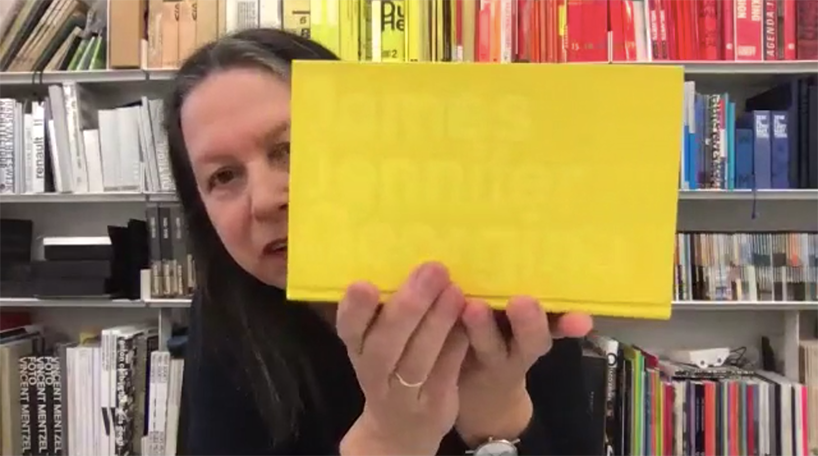
screenshot from irma boom’s ‘design in dialogue’ with friedman benda
boom holds up ‘james, jennifer, georgina’, an autobiography of a family told through 1,136 meticulously documented postcards | read more about the publication here
for boom, the printed page is a ‘container of thought’, a vessel of information that cannot be changed and therefore makes it a crucial aspect of culture. she rejects the contemporary notion that ‘books are dying’, and sees an advantage in print that cannot be replicated in digital media — permanence. ‘books are an integral part of our culture,’ boom says. ‘people always ask me — especially at the end of the last century, in the late 90s — ‘are you still making books? are you still a book designer?…that’s a dying business.’ — it’s not a dying business. books have been around for 600 years. it’s one of the most stable containers of information, a tool to share information. no one asks a painter, ‘why are you still painting? why are you still making art?’ I think making books is the same part of our culture. working and studying in the vatican library, I became even more aware that you don’t make books for now, not for the present, but you make them for the future. a book is a container of thought, and has all this unchangeable information. when the internet came, everything was flexible and changeable, and you could change anything in a second. a lot of people would say the book is at a disadvantage, because you can’t change anything. but for me, the fact that you cannot change anything, that’s the advantage. you can make a statement, and you can always refer to the content. it is a very important source of information, and the fact that it’s unchangeable is crucial to what it is.’
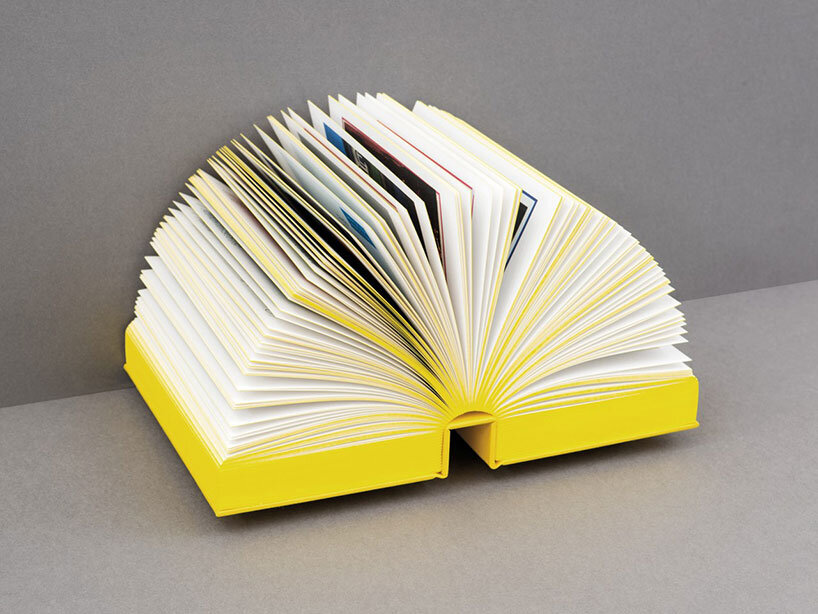
boom worked closely with the butler family to carefully retrace the journey their life for the all-yellow volume, ‘james, jennifer, georgina’ | read more about the publication here
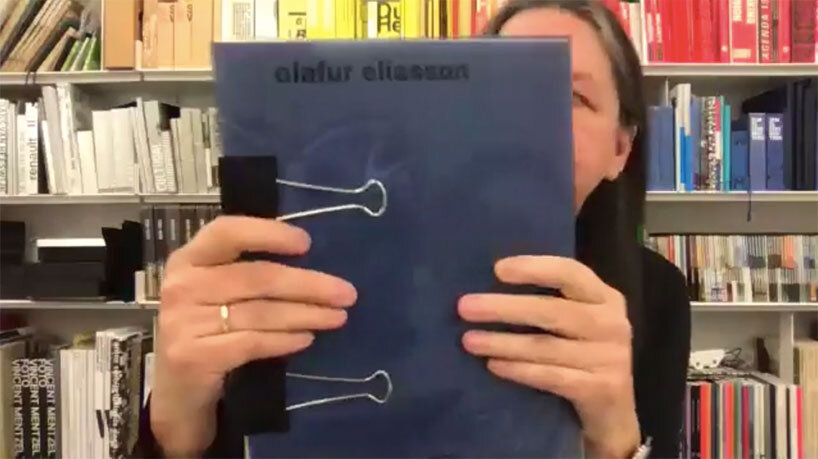
boom holds up a model of a publication she designed for ‘olafur eliasson versailles’ to accompany the artist’s exhibition in 2016
read more about the book here

spread from olafur eliasson versailles, 2016 designed by irma boom
image courtesy of studio olafur eliasson | read more about the book here
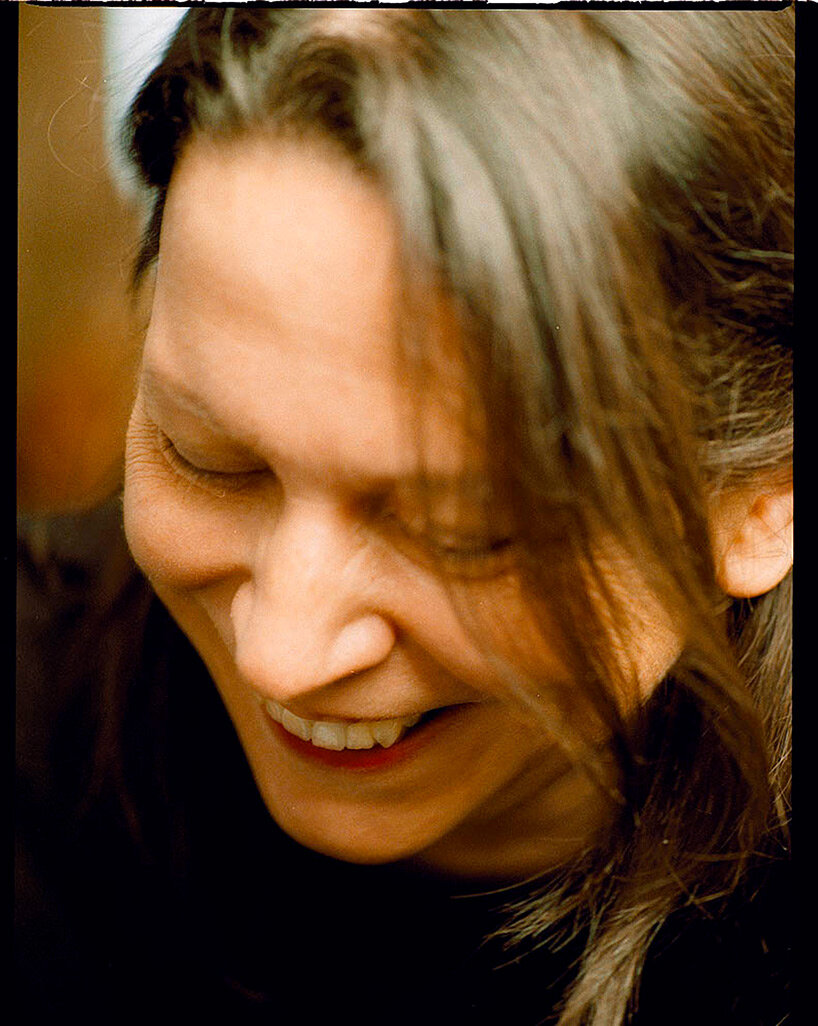
portrait of irma boom, courtesy of friedman benda
—
design in dialogue is a series of online interviews presented by new york-based gallery friedman benda that highlights leading voices from the field — designers, makers, critics, and curators — as they discuss their work and ideas. hosted alternately by curator and historian glenn adamson and designer stephen burks, the conversations are held on zoom for 1 hour and include a participatory Q&A.
watch the full video interview with irma boom at the top of the page and stay tuned as designboom continues to share design in dialogue features. see all past episodes — and RSVP for upcoming ones — here.
design in dialogue (32)
friedman benda (64)
irma boom (6)
PRODUCT LIBRARY
a diverse digital database that acts as a valuable guide in gaining insight and information about a product directly from the manufacturer, and serves as a rich reference point in developing a project or scheme.
